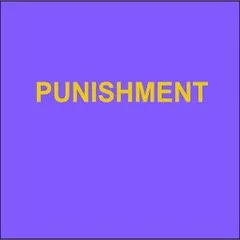What's Next: Community Perspectives on (Re)Investment After Less Is More New York
By BRONWYN HUNTER, KENDRA BRADNER, and EMILY NAPIER SINGLETARY
The Less Is More: Community Supervision Revocation Reform Act (S.1144A – Benjamin / A.5576A – Forrest) was signed into law in September of 2021. This act transformed the parole system in New York State, and has the potential to generate substantial cost savings that can be (re)invested into communities. The Columbia Justice Lab Probation and Parole Project and Unchained partnered with the Less Is More advocacy coalition, led by Unchained and the Katal Center, to learn: How do community members across New York State want the cost savings from Less Is More to be invested into their communities? Through a series of town hall meetings held virtually across the state, community members shared insight into what resources should be invested in and how such investments should be made. Specifically, community members who participated in the town halls prioritized investments in: ›› housing, ›› behavioral healthcare, ›› employment and vocational training, ›› reentry supports, ›› and community spaces, among other resources. Importantly, town hall attendees emphasized that funds should be invested in a way that: ›› enhances equity, ›› targets people and families who are affected by the criminal legal system, ›› and builds on local community and organizational capacity to meet community needs. There are several pieces of legislation in various stages of the policy process that are consistent with community members needs for investments, and these are identified in sidebars throughout the report.1 Community members who participated in the town halls reiterated what advocates and community members have previously called for – strategies that will invest in New Yorkers so that people can thrive in their communities. Policymakers can respond to these calls by taking action to invest in resources and strategies that move toward equity and justice.
New York: Columbia University, Justice Lab, 2023. 31p.


